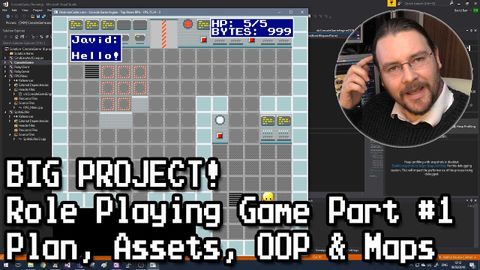コード・イット・ユアセルフロールプレイングゲーム第一弾 (Code-It-Yourself! Role Playing Game Part #1)
林宜悉 が 2021 年 01 月 14 日 に投稿  この条件に一致する単語はありません
この条件に一致する単語はありませんUS /ˈmʌltəpəl/
・
UK /ˈmʌltɪpl/
- adj.複数の;多様な;多発性の;多重の
- n. (c.)倍数;多数;倍率
- pron.多数
US /ˈɪnstəns/
・
UK /'ɪnstəns/
- n. (c./u.)例;発生;インスタンス
- v.t.例に挙げる
- phr.要請で
US /ˈkærəktɚ/
・
UK /'kærəktə(r)/
- n.(物語 : 映画 : 演劇などの)登場人物;文字;性格 : 性質;変わっている人;評判
エネルギーを使用
すべての単語を解除
発音・解説・フィルター機能を解除

